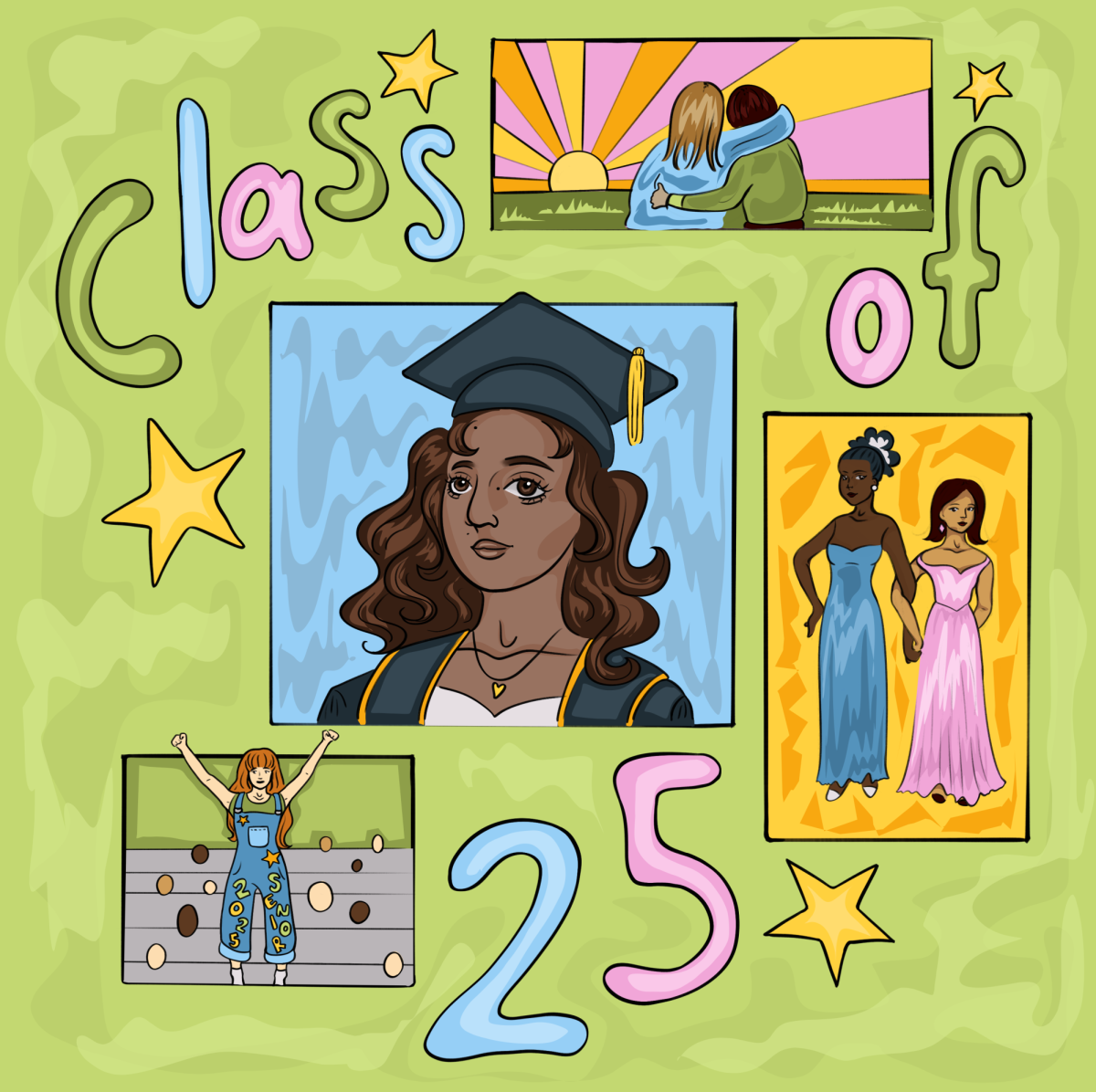November 5 is an important milestone for today’s eighteen-year-olds. While plenty of high school seniors become eligible to vote each day, coming of age during the inescapable frenzy of a presidential election year is a privilege (or curse) that is only awarded to teens every four years. The chaos surrounding that one specific race can be enthralling, but distracting, and a detriment to state and local candidates who live “down-ballot.”
Before walking into your polling place, it can be hard to wrap your head around the amount of elected positions up for grabs. Most races don’t get cable TV attack ads and round-the-clock news coverage. State and local races are largely fought and won offline; think yard signs, pamphlets in your mailbox, and meet-and-greet events in libraries and at block parties.
So where do you even begin? How can high schoolers cast meaningful, well-informed votes when their lives are busy with school, activities, and college applications? Don’t waste your time researching how to research candidates. The following is a guide for students, by students to ensure your ability to make informed and conscientious decisions this Election Day.
Mapping out your ballot
It would be unwise to leave any room for day-of surprises. Rather than scouring the internet for each individual race, the Minnesota Secretary of State offers a one-stop shop on this website. Follow the directions and click “View your sample ballot.” This should generate a downloadable PDF of what your ballot would look like if you cast your vote today.
The first page usually contains executive and legislative elections alongside any amendments/referendums. Before you get scared, take special note of the word “incumbent” and consider crossing out races where one candidate is running unopposed. With non-decisions out of the way, you can now focus your attention on the decisions you will have to make.
Basic candidate research
Time to dig in! Chances are, you know more about the candidates for president than those for city council and state judgeships. Start at the bottom of your ballot and work your way up.
First, look for any party affiliations or incumbency indications. Don’t eliminate any candidates during this step who are running for state or local office, even if you don’t align with their declared party.
Venturing off your ballot, the best starting point is a candidate’s website. This is what the candidate wants your first impression of them to be. Keep this in mind as you evaluate the information being provided to you. Why do they think people should vote for them?
While it’s ideal to explore a candidate’s website as much as possible, you want to look for two main things: an “about me” section and a specific issues/priorities section. Is this candidate qualified? A decent person? Is there a clear “what” and “why” to their policies, or are they just being vague? Remember this first impression as you move forward.
External candidate research
Now is the harder part: disseminating information. Here, critical thinking is crucial, but don’t stress it. Your first line of external sources should be “trusted” sources (i.e., if you wouldn’t be allowed to cite it in a school project, hold off on it until later). In this case, these can be official government websites (“.gov”) or news sources like The Sun Current, Pioneer Press, and the Minnesota Star Tribune. Be aware, but not necessarily dissuaded, by any perceived biases.
Line number two should incorporate non-commercial and non-governmental sources that are still legitimate. If you’re online, this is usually indicated by a “.org.” These organizations are not traditional news sources, they usually share information regarding more specific, pertinent topics that the organization may have a personal opinion on. Think political endorsements, union statements, and human rights watch bulletins.
After this step, you are free to browse and research as you please. While I recommend looking for campaign social media accounts, I won’t dissuade you from looking at sketchy websites and personal LinkedIns. Be wary of your sources and keep a critical eye.
Making your decisions
By now, you have consumed a lot of information. It’s time to think about you. Just sit with yourself. Talk to family and friends. Relate your findings to your own values, but also the values of your community. If you remain indecisive, that’s alright. Sifting through thoughts and feelings may look like attending a campaign event or just going to bed and sleeping on it. This part can take time.
Ultimately, you may be undecided up until you arrive at your polling place, but that’s fine. We vote because we care, not because we’re required to color in every box. This is your vote, whatever that may be, and you have earned your way there by exercising your civic responsibility. Your engagement is putting democracy into action, and for that alone, you should be proud.










